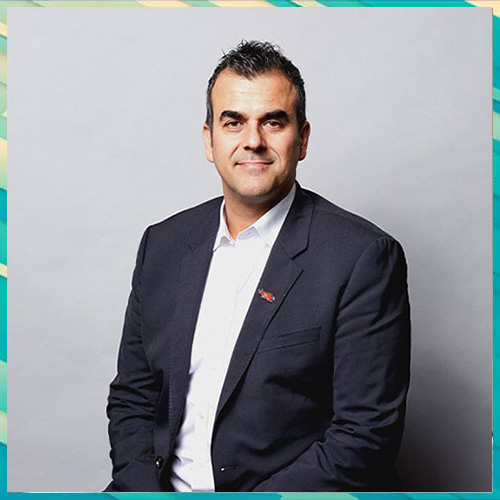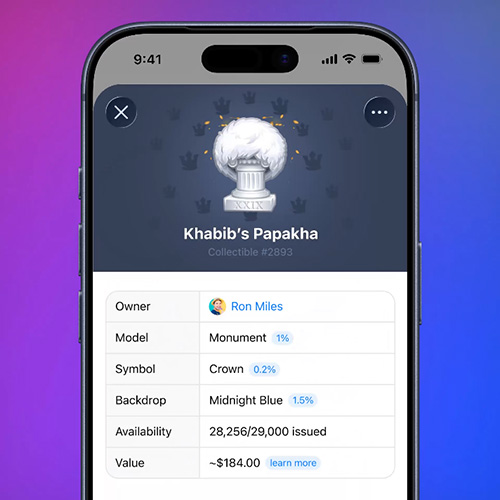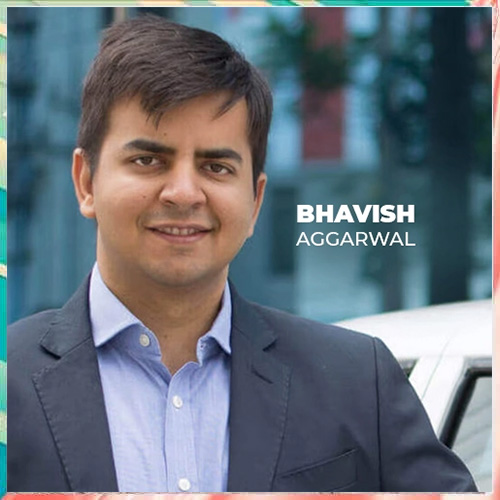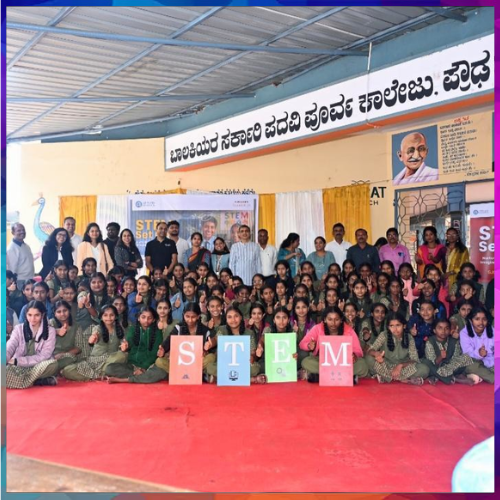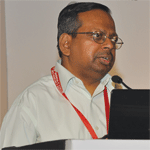
N Ravi Shanker
IAS, Addl. Secretary & Administrator, USOF & CMD
BBNL
Created by SPV Bharat Broadband and approved in October 2011, the National Optic Fiber Network (NOFN) project is one of the ambitious e-India projects with an outlay of Rs.20,000 crore. The National Optic Fiber Network (NOFN) project has a clear perspective to take broadband to the 2,50,000 Gram Panchayats. The project is facing numerous challenges in the form of underutilization of the USO fund, few unsupportive state governments and most prominent being the timeline of two years to complete.
NOFN: The journey began with challenges
The optical fibers, which are recognized as the medium that takes broadband in India, have not penetrated well beneath the 6,600 developmental blocks. Presently, most of the rural areas have old copper wires which don’t support high-speed broadband. So keeping that in view, the Indian Government (on the basis of TRAI recommendations) approves an incremental optical fiber of 2 KM per Gram Panchayat. There are about 2,50,000 Gram Panchayats. So, it gave an indication that the project may require 5,00,000 KMs of incremental VoIPs.
As far as the teledensity in the rural areas is concerned, it is about 41–42 per cent presently, which is again a big challenge. According to the national telecom policy, India needs to have a teledensity of 70 per cent by 2017 and 100 by 2020.
NOFN: The current stage
59 Gram Panchayats in three developmental blocks across three states have been covered with optical fiber, which ensures 100 Mbps availability at the Gram Panchayats. This would be in the form of pilot projects. The three developmental blocks are Arian Block in the Ajmer district of Rajasthan, Parwada Block in Visakhapatnam district of Andhra Predesh and Paanisagar Block in North Tripura district of Tripura state. Incremental OFC has been late in all of these and the pilot projects completed as of 15th October, 2012. Subsequent to that, several e-Gov applications have been tested by the Department of IT, wherein three state governments are working alongside.
Regarding the state government’s support to BBNL to embrace the ambitious fiber network project, Ministry of Communications and IT's Additional Secretary, USO Fund administrator and Bharat Broadband Network Limited (BBNL) CEO N. Ravi Shanker explains that the project has been conceptualized as a participatory project, wherein the participation of the state government was necessary for implementing this project. At this point of time, BBNL has entered into agreements or MoUs with several State Governments and Union Territories. Only 4–5 are left.
NOFN: The reason for delay
Pilot projects are meant to validate a few assumptions like how to go about the optimal route, how to do the root planning, how to tap the available fiber and to see that you are able to take it in the least cost. N. Ravi Shanker says that the project’s primary functions of planning have been completed. "The survey work is also near completion. Now, we know the total link needs to be sorted out. Three public sectors – BSNL, RialTel and PowerGrid – are interested in the implementing function where BBNL has been created as the executing agency. The role of the executing agency is to avail funds from USO and do the master planning in order to get the work implemented."
The second aspect which delayed the project is the public institutional framework. Various tenders have to be invited. Presently, most of the tenders are being finalized. The delay is on account of finalization of the tenders to get the best rates for executing one of the major public projects. It is expected that in the course of two months or so, BBNL, along with BSNL, RialTel and PowerGrid, would be in a position to come to a degree of finality on the decision relating to tenders.
Adding more to it, N. Ravi Shanker further says, “Given the complex nature of the project and its disparate locations, we have advised the Government that it would be better to implement the project in three phases. The phase one will cover about one lakh of Gram Panchayats by April 2014; the phase two will cover another lakh by March 2015 and the rest by September 2015. Here, I would also like to say that the response from the telecom sector has been less than satisfactory and we do need to work in close coordination with the telecom sector and the ISP to see that the infrastructure so created actually has the requisite impact.”
NOFN: The role of USO Fund
The USO Fund’s contribution to the telecom infrastructure segment is aimed at two main components – mobile towers and mobile broadband and it has played a key role in the development of the telecom sector. On 1st April, 2013, the notional balance of the USO Fund was Rs.20,000 crore. On the allegation about underutilization of the USO Fund, N. Ravi Shanker adds that underutilization is an observation that depends upon the balance amount which is left. The more important thing that needs to be addressed is finding the schemes to utilize the fund. Presently, we are in the early stage of implementation of the NOFN project. Given the fact that the original estimate of 5 lakh KM would now be actually transformed to 6 lakh KM, clearly there is 20-per cent increase. The estimates that have been arrived at in 2010 may undergo a little variation due to the time factor. He stresses that the significant portion of the USO Fund would be utilized by the NOFN over the next two to two and a half years. The total approved cost of the project is Rs.3,000-plus crore, of which Rs.1,500 is Capex and the rest is Opex over a period of five years. In his opinion, the Capex would be utilized over the next one and a half years.
NOFN: The expected completion
The broadband ecosystem has a number of components. Actually, it is a “5C syndrome”. 5C syndrome comprises of Connectivity (challenge for telecom sector), Cost of devices (challenge for the electronics sector), Competitive tariff plans (challenge for telecom sector), Computer literacy (challenge for the education sector) and Content (challenge for the IT sector). All of these when stuck like a glue will ensure the growth of broadband. According to N. Ravi Shanker’s projection, the time when we can see the real spike of broadband, is between 2016 and 2019. The infra will take on account of three factors. The NOFN rollout may occur by 2015. 3G and BW are also likely to roll out at the same time and we also have to see it in real tandem with the INB sector, where quite a lot of penetration will occur into the rural areas by 2015. This will form the framework on which the things can be capitalized.
satinder@varindia.com
See What’s Next in Tech With the Fast Forward Newsletter
Tweets From @varindiamag
Nothing to see here - yet
When they Tweet, their Tweets will show up here.






